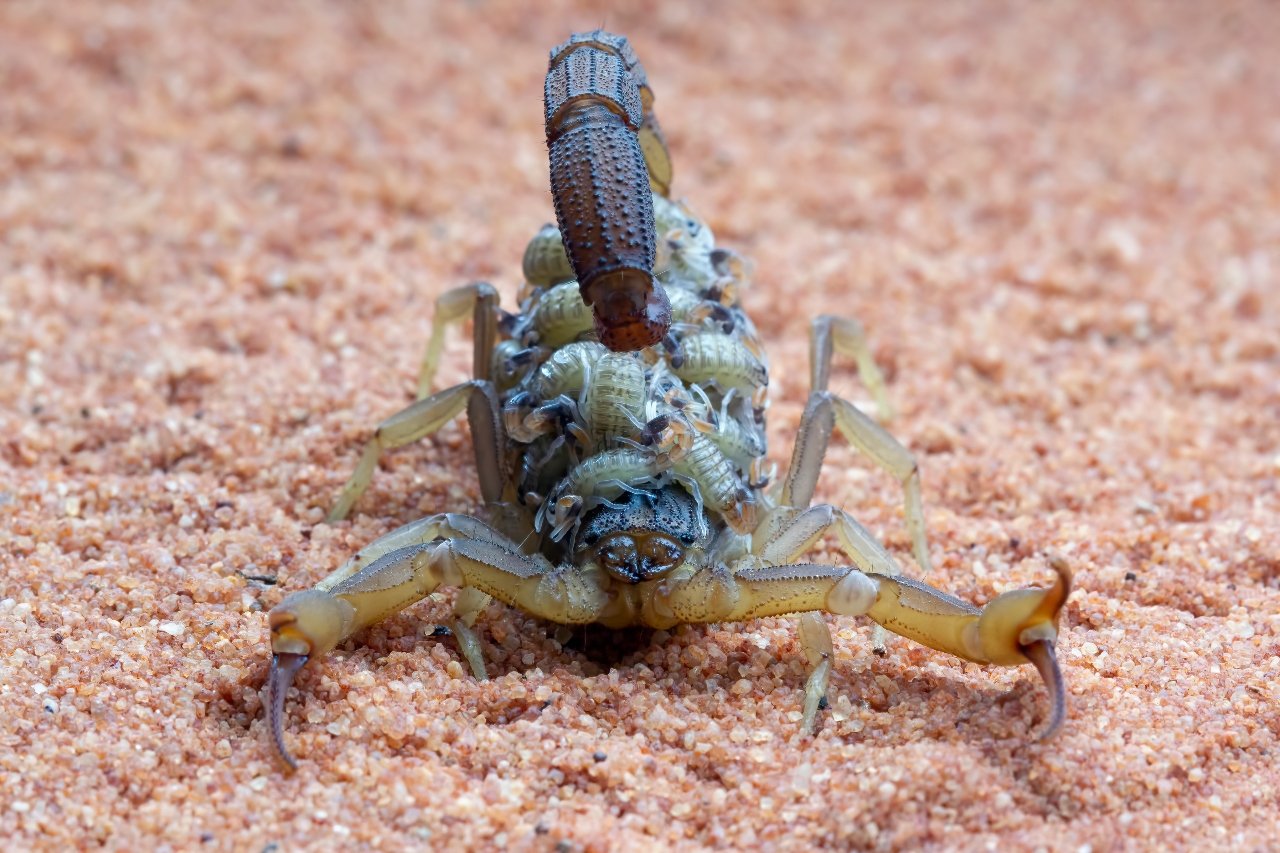T Scorpion: Nature’s Small But Mighty Survivor

When people think of dangerous animals, large predators often come to mind. However, sometimes the smallest creatures are the most powerful. That’s where the t scorpion comes in. This tiny yet mighty arachnid is not only fascinating but also one of the most misunderstood creatures in the world.
Whether you’re a student learning about insects, a nature fan curious about wildlife, or someone who just heard the name “t scorpion” for the first time, this article will help you understand everything about it. From where it lives to how it hunts, you’ll learn why this scorpion deserves attention and respect.
Let’s explore the wild, mysterious world of the t scorpion—one of nature’s coolest survival experts.
What Is a T Scorpion?
The name “t scorpion” is often used to describe a specific type of scorpion known for its strong claws, powerful venom, and tough body. It may refer to a species with a “T” in its scientific or common name, such as the Tityus genus, which includes several venomous scorpions found in Central and South America.
Unlike many insects or spiders, scorpions belong to a group called arachnids. That means they have eight legs and no wings or antennae. Their body is divided into two parts—the front where the claws are and the back where the tail curls over.
Scorpions have been around for over 400 million years, making them one of the oldest animals still alive today!
The Body Structure of a T Scorpion
Every t scorpion has a body made for survival. Here’s how its main parts work:
-
Claws (Pedipalps): These are used to grab prey and defend against threats. They are strong and sometimes bigger than the scorpion’s head.
-
Exoskeleton: This hard outer shell protects its body from injury and helps it blend into the environment.
-
Tail (Metasoma): This is the most famous part. The tail ends with a venomous stinger, used to catch prey or defend itself.
-
Eyes: Most scorpions have several eyes—one pair on top and more on the sides. Despite this, their vision is not great.
-
Legs: Like spiders, scorpions have eight legs that allow them to walk, climb, and dig.
Although it looks scary, the t scorpion is more afraid of you than you are of it. It usually only stings when it feels cornered.
Where Does the T Scorpion Live?
T scorpions can be found in many parts of the world. They are especially common in hot, dry places like:
-
Deserts
-
Tropical forests
-
Rocky mountains
-
Grasslands
-
Underground burrows
Countries like Brazil, Mexico, and parts of the southwestern U.S. are home to many species. Some scorpions even live in rainforests, where they hide under logs and leaves.
They are experts at staying hidden. During the day, they rest in cool, dark places. At night, they come out to hunt. This makes them nocturnal, meaning they are active after sunset.
What Do T Scorpions Eat?
Even though scorpions are small, they are skilled hunters. Their meals usually include:
-
Crickets
-
Beetles
-
Spiders
-
Small lizards
-
Sometimes other scorpions
The hunting process is fast and deadly. First, the t scorpion grabs the prey with its claws. Then, if needed, it stings it with venom. Once the prey is weak or dead, the scorpion uses its small mouth to suck out the juices.
Because they live in tough places, t scorpions are great at going without food. Some can survive for months between meals!
Is the T Scorpion Dangerous to Humans?
Yes and no. Like all scorpions, the t scorpion has venom. However, most scorpions are not deadly to humans. A sting from a t scorpion might feel like a bee sting—painful, but not life-threatening.
That said, some species in the Tityus group can be more serious. In young children or people with allergies, the sting may cause:
-
Pain and swelling
-
Nausea or vomiting
-
Trouble breathing (in rare cases)
For this reason, it’s always a good idea to get medical help after a sting, especially if symptoms are strong.
Venom: Nature’s Secret Weapon
The t scorpion’s venom is one of its greatest tools. It uses it to:
-
Hunt and kill small animals
-
Defend against bigger threats
-
Fight other scorpions for space
Venom is stored in the tip of the tail and injected through a small stinger. The strength of venom depends on the species. Some have mild venom, while others are among the most toxic in the world.
Interestingly, scientists are studying scorpion venom for use in medicine. Some chemicals in it may help fight cancer, stop pain, or treat infections.
How Do T Scorpions Reproduce?
Scorpions have one of the coolest mating dances in the animal world. Here’s how it happens:
-
The male and female scorpions meet face-to-face.
-
They grab each other’s claws and move in a circle or back-and-forth motion. This is called a “promenade à deux”, which is French for “walk for two.”
-
The male drops a tiny packet of sperm on the ground.
-
He guides the female over it so she can pick it up.
After this, the two scorpions go their separate ways. A few months later, the female gives birth to live babies, which she carries on her back until they are ready to explore on their own.
This is rare among arachnids—most lay eggs—but scorpions give live birth!
Baby T Scorpions and Their Early Life
Baby scorpions, called scorplings, are white and soft when they are born. They climb onto their mother’s back for protection. Over time, their outer shell hardens, and they start to look like tiny versions of adults.
Once they are strong enough, the baby scorpions leave the mother and begin life on their own. It’s a tough world, but these little fighters are built to survive.
The Importance of T Scorpions in Nature
Even though many people fear them, scorpions play a big role in nature. Here’s why they are important:
-
Pest Control: They eat insects that destroy crops or carry disease.
-
Food Source: Birds, snakes, and other animals eat scorpions as part of the food chain.
-
Soil Health: Their digging helps mix and aerate the ground.
If all scorpions disappeared, there would be big problems in the balance of nature.
T Scorpions in Popular Culture
Scorpions have always fascinated people. In stories, movies, and myths, they are often shown as strong and fearless. You might find scorpions in:
-
Video games like Mortal Kombat (Scorpion)
-
Movies such as “The Scorpion King”
-
Astrology, where Scorpio is one of the twelve zodiac signs
While these versions are not always true to life, they show how much scorpions capture the human imagination.
How to Avoid a T Scorpion Sting
Scorpions don’t chase people. They only sting to protect themselves. Still, here are a few tips to stay safe:
-
Shake out shoes and clothes if left outside.
-
Don’t reach under rocks or logs without looking.
-
Use gloves when working in the garden.
-
Keep your home clean and sealed. Scorpions sneak in through small cracks.
By being careful, most people will never be stung.
Fun Facts About the T Scorpion
-
Scorpions glow under UV light! Scientists still aren’t sure why.
-
They can live up to 8 years in the wild.
-
Some can slow their metabolism to survive without food.
-
Over 2,000 species of scorpions exist, but only about 30 are dangerous to humans.
-
In some cultures, scorpions are eaten as food or used in traditional medicine.
These facts prove how strange and amazing scorpions really are.
Can You Keep a T Scorpion as a Pet?
Yes, some people keep scorpions as exotic pets. However, it requires:
-
A special tank (called a terrarium)
-
The right temperature and humidity
-
A secure lid (they are good climbers!)
-
Insects to feed them
-
Knowledge of species and safety
While they are low-maintenance, scorpions are still wild animals. They should be handled with respect and care.
T Scorpion vs Other Scorpions
How does the t scorpion compare with other types?
| Feature | T Scorpion | Desert Hairy Scorpion | Emperor Scorpion |
|---|---|---|---|
| Size | Small to Medium | Large | Very Large |
| Venom Strength | Moderate to High | Low | Very Low |
| Habitat | Forests, Jungles | Deserts | Rainforests |
| Common as Pet? | Rare | Sometimes | Yes |
Every scorpion species has its own unique story.
Conclusion
The t scorpion may be small, but it holds a powerful place in nature. With its strong body, amazing hunting skills, and ancient history, it shows how survival is possible even in the harshest environments.
While it may look scary, the t scorpion teaches us that every creature has a role. From controlling pests to inspiring science, it proves that even tiny animals can make a big difference. Whether you meet one in the wild or just read about it in school, now you know just how cool the t scorpion really is.











